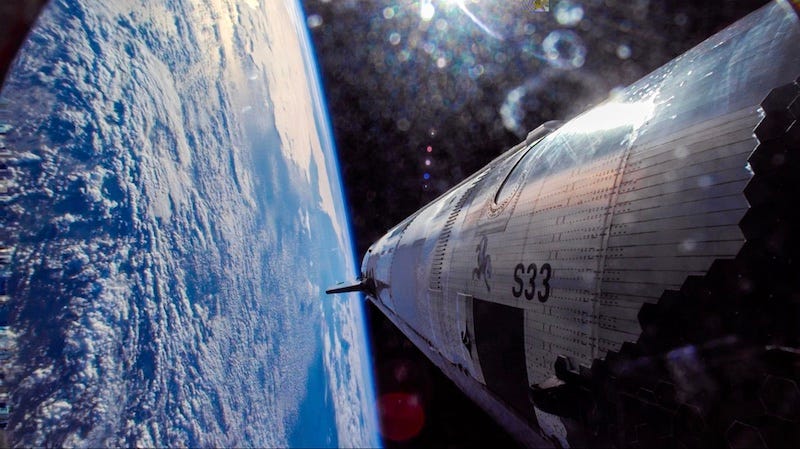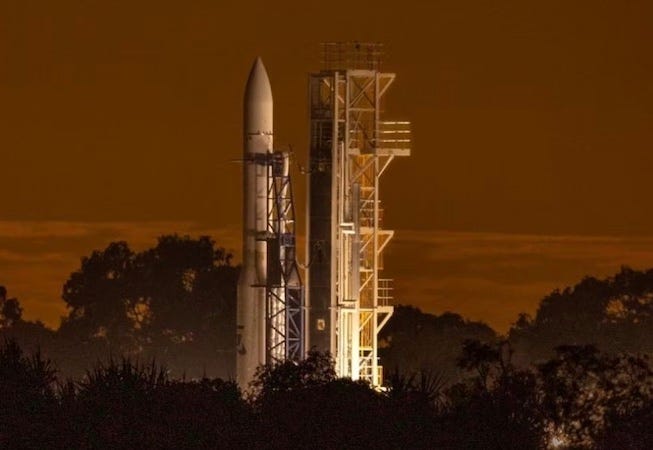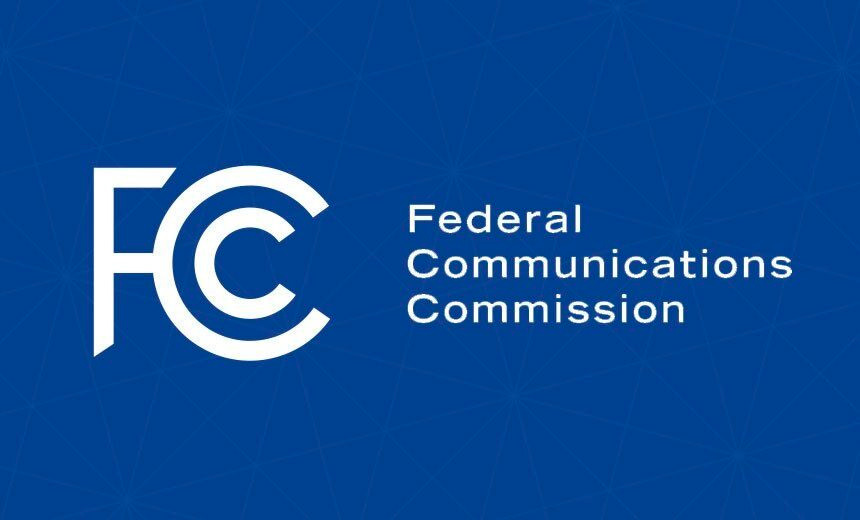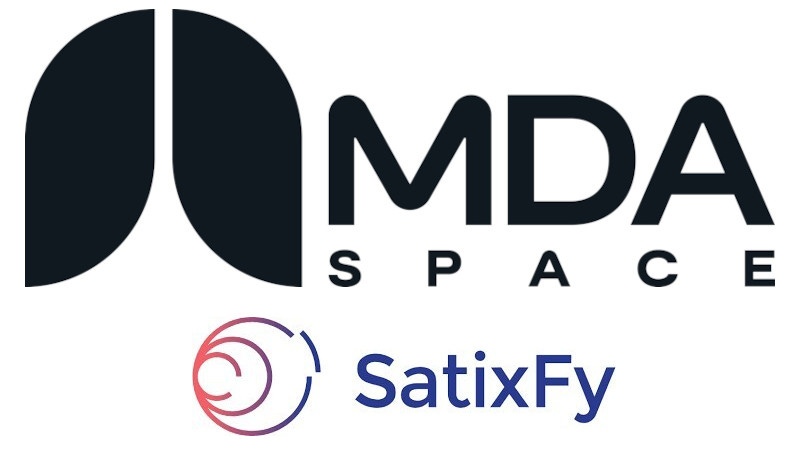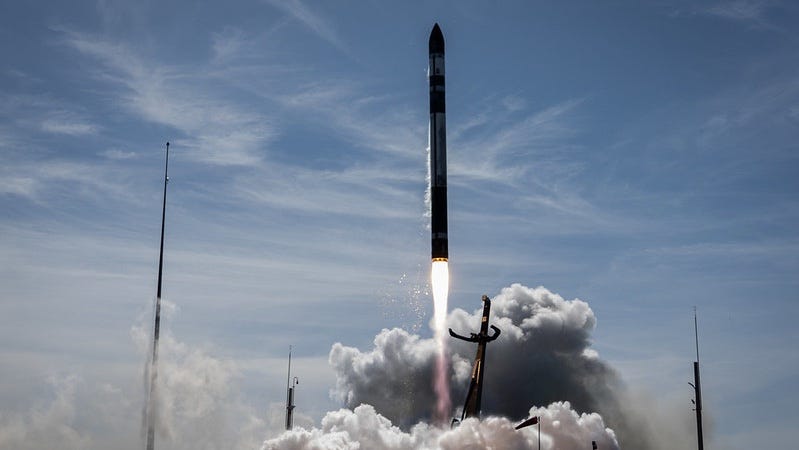(Editor’s Note: After the production deadline for the audio version of our weekly review, the FAA approved Starship for its Return to Flight)
The FAA has approved license modifications for the SpaceX Starship Flight 9 mission. The approval includes final action allowing SpaceX to increase Starship operations from five up to 25 per year at Boca Chica, Texas.
However, SpaceX may not launch until the FAA either closes the Starship Flight 8 mishap investigation or makes a return to flight determination. The FAA is reviewing the mishap report SpaceX submitted on May 13.
As a result of the Starship Flight 8 mishap, the FAA is expanding the size of aircraft and maritime hazard areas both in the U.S. and other countries for the Starship Flight 9 mission. There are two reasons for the change: the FAA’s requirement for SpaceX to revise the Flight Safety Analysis following the prior launch mishap, and because SpaceX intends to reuse a previously launched Super Heavy booster rocket for the first time.
-0-
On the other side of the planet, another space company is struggling to get its FIRST rocket off the ground. The first test flight of the Gilmour Space Eris rocket has been postponed for at least several weeks due to a pre-launch anomaly during final preparations.
The test flight had been scheduled for May 15th in Australia. However, during a pre-flight test, it appears that an electrical fault inadvertently triggered the deployment mechanism of the rocket’s payload fairing — the carbon-fiber nose cone designed to protect the payload during ascent. The incident occurred prior to fueling, and importantly, there were no injuries. Initial assessments suggest there is no damage to the launch vehicle or ground systems.
As a result, the current test campaign is on hold and the launch will be delayed by at least a few weeks.
The rocket has since been safely returned to the Vehicle Assembly Building, and the team has begun analyzing the data to fully understand the cause of the electrical fault. A replacement payload fairing from Gilmour’s Gold Coast manufacturing facility will be transported to the Bowen launch site in the coming days. A new target launch window will be announced once confirmed.
-0-
After a year of building hardware, focused engineering, testing, and human-centered design, the Intuitive Machines-led Moon RACER team has successfully held the Preliminary Design Review (PDR) for its Lunar Terrain Vehicle Services (LTVS) feasibility contract. This milestone is intended to assess whether the Moon RACER's system-level design meets NASA's requirements for supporting astronauts on the Moon's surface as part of the Artemis campaign.
Intuitive Machines is one of three companies competitively selected for NASA’s LTVS feasibility assessment contract. NASA has indicated it plans to award the next phase, the delivery and demonstration mission, by the end of 2025.
Moon RACER—an acronym for Reusable Autonomous Crewed Exploration Rover—is a solar powered lunar terrain vehicle designed to carry two astronauts and nearly 4,000 pounds of total payload, including a towed trailer for science equipment or infrastructure materials.
Moon RACER is designed for more than crewed exploration. In April of this year, the team demonstrated the autonomous driving capabilities of the terrestrial moving mock-up at NASA Johnson Space Center using scanning LiDAR and terrain-navigation software developed by teammate, CSIRO (SIGH-ro), Australia’s national science agency.
The vehicle navigated complicated terrain without a driver, validating its potential to perform tasks like scouting, surveying, and logistics during uncrewed periods between Artemis missions.
-0-
Coming up, the FCC NPRM to expand available satellite bandwidth, and a NASA VADR launch services contract goes to Rocket Lab. But right now, why not take a minute to become a paid subscriber to The Journal of Space Commerce. Whether you’re a space professional or enthusiast, paid subscribers have first access to premium articles and podcasts focused on the new space economy. Just visit www.exterrajsc.com on Substack, and help keep The Journal of Space Commerce independent as we chronicle, cajole and, when necessary, critique the commercial space industry.
-0-
As part of its "Final Frontiers" agenda, the Federal Communications Commission (FCC) has voted to kickstart a proceeding that could unlock more than 20,000 megahertz of spectrum for high-speed internet delivered from space. That amount is more than the sum total of all spectrum available for satellite broadband today.
Specifically, in a Notice of Proposed Rulemaking, the Commission will seek comment on expanding satellite connectivity across four spectrum bands. These underused bands—located in “spectrum neighborhoods” ideal for satellite broadband—are prime candidates for modernization.
For many years, outdated regulations restricted satellite operations in the 12.7 GHz band. The 42 GHz band is one of the rare bands that still remains greenfield. The 52 GHz band has no licensed commercial users. And the W-band presents exciting opportunities for gigabit capacity over a massive, but mostly empty, swath of spectrum long considered outside the practical realm of physics.
FCC Chairman Brenden Carr said during the commission's May open meeting abundant spectrum for satellite operations is not a 'nice to have' thing.
SOT Carr "It's necessary for U.S. leadership. Every Megahertz matters. When our satellite systems have abundant spectrum, America leads. Our economy grows. Our national security strengthens. And millions of Americans gain affordable access to broadband. Our global competitors are not waiting. China is rapidly expanding its own space capabilities, and we're not going to let America fall behind. That's why we're taking action across multiple different spectrum bands today, in this rulemaking we're sending a clear signal. America is committed to leadership in space through a policy of satellite spectrum abundance."
The Commission intends to make good on its years-long efforts to unleash these bands for next-generation services.
-0-
MDA Space and SatixFy have agreed to amend the terms of the Agreement and Plan of Merger (the "Merger Agreement"), dated April 1, 2025 among SatixFy Communications Ltd. ("SatixFy"), MDA Space Ltd. ("MDA") and certain subsidiaries. In the initial agreement, MDA agreed to acquire SatixFy in an all-cash transaction for $2.10 (without interest) per ordinary share, which implied an aggregate equity value for the Company of approximately $193 million.
The amendment follows a go-shop process, conducted by SatixFy with the assistance of its financial advisor TD Securities, in which approximately 75 third parties were contacted to determine whether they had an interest in making an Acquisition Proposal … as such term is defined in the Merger Agreement. The "go-shop" period under the Merger Agreement expired at 11:59 p.m. ET on May 16, 2025.
In response to the Go-Shop Proposal, and subsequent discussions with MDA, the companies reached an agreement to amend the Merger Agreement to provide for a significant increase in the merger consideration to an all-cash transaction for $3.00 (without interest) per ordinary share, which implies an aggregate equity value for the Company of approximately $280 million. The increase in the merger consideration is based upon the commitment by the Company not to consider any other acquisition proposals for SatixFy and for SatixFy's Board of Directors not to change its recommendation supporting the Merger Agreement, as amended.
-0-
NASA has selected Rocket Lab to launch the agency's Aspera mission, a SmallSat to study galaxy formation and evolution, providing new insights into how the universe works.
The selection is part of NASA's Venture-Class Acquisition of Dedicated and Rideshare (VADR) launch services contract. This contract allows the agency to make fixed-price indefinite-delivery/indefinite-quantity launch service task order awards during VADR's five-year ordering period, with a maximum total contract value of $300 million.
Through the observation of ultraviolet light, Aspera will examine hot gas in the space between galaxies, called the intergalactic medium. The mission will study the inflow and outflow of gas from galaxies, a process thought to contribute to star formation.
-0-




